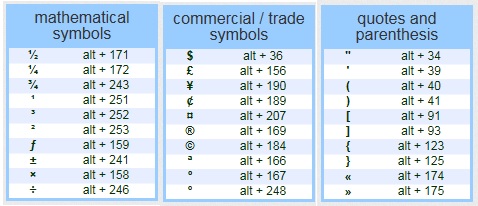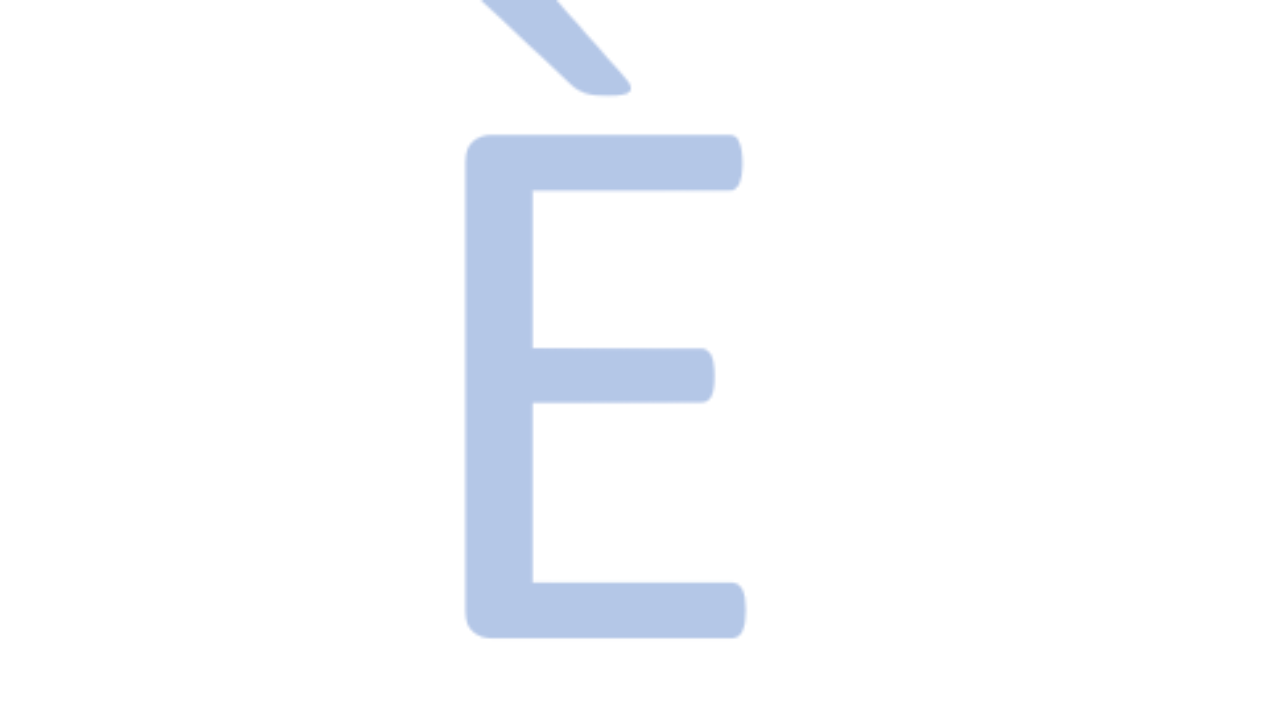
L'accent cédille will only be seen under the letter c and makes it sound like an "s." This will most often happen with the "c" is located in front of a, o, or u, which would normally result in a k sound. Ê > une fête, une tête, un homme bête, la crême, une crêpe The accent circonflexe is another accent that can be found over any vowel, but it does not change the pronunciation of any letter. The accent circonflexe must be included in written French and will most often indicate where there used to be an "s" in old French. È > une mère, un père, un frère, une nièce, une pièce d'un euro For the letter e, the pronunciation will always have an "ehh" sound, like in the English word "set." Listen to the following clips to compare the è to the é and e muet. The accent grave can be found on any vowel, but it will only change the pronunciation of the letter e. In the e muet examples, you can even hear the difference between the unaccented and accented e in the word "serré" (seh-ray).

Je ne prends pas de frites, mais un hamburger seul, oui. É > l'école, le lycée, l'université, l'étudiantĮ muet > Un jean est un vêtement. This accent changes the pronunciation of an e to have an "ay" sound, rather than the normal silent e (it is normally not pronounced at all), as is heard in the following audio clips: The accent aigu is exclusively seen over the letter "e," > é. See below how each of these accents affects pronunciation by clicking on the blue link to hear examples. Some will greatly affect pronunciation, while others have a mild or non-existent effect.


There are five different accent marks that are used in the French language.


 0 kommentar(er)
0 kommentar(er)
